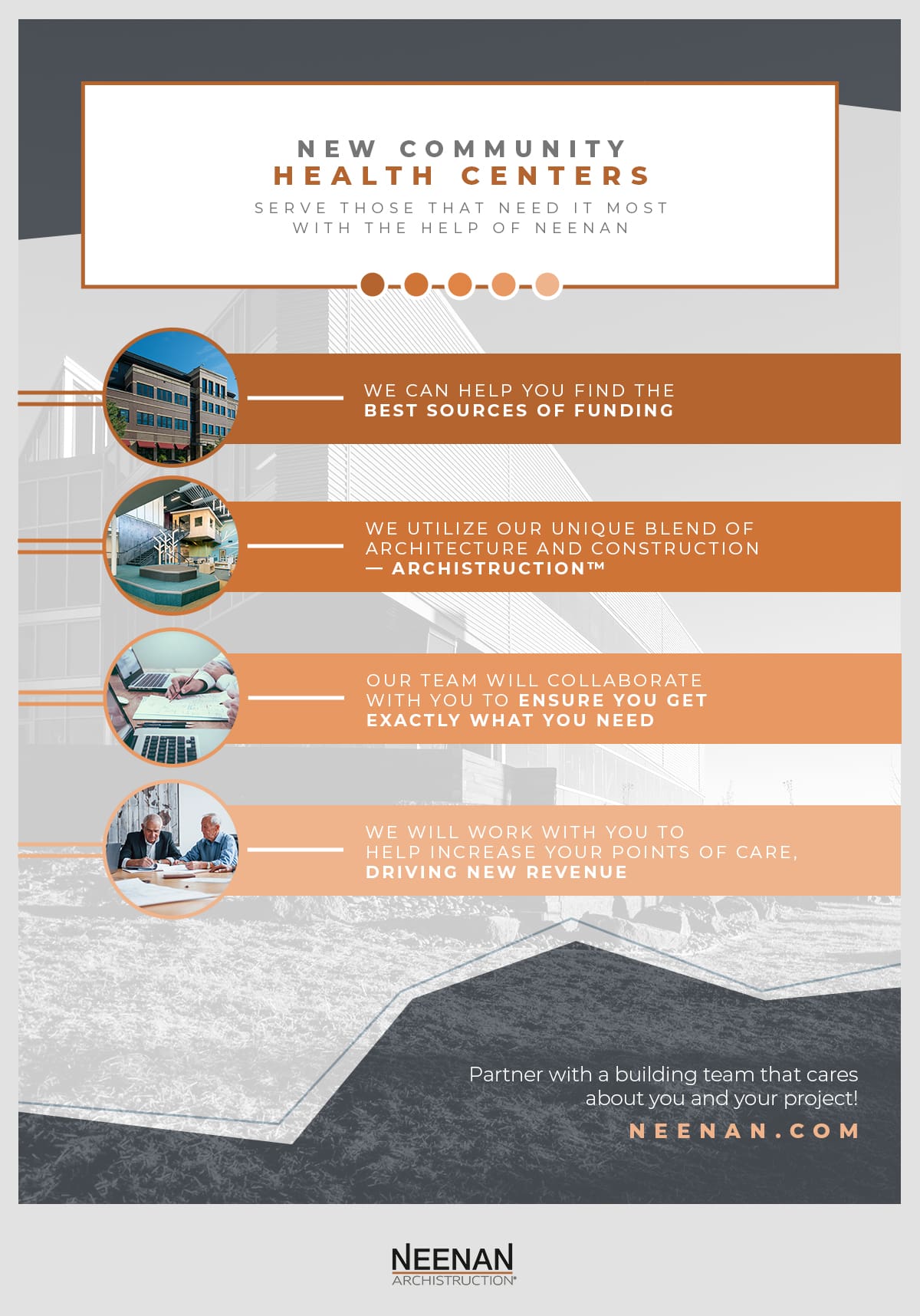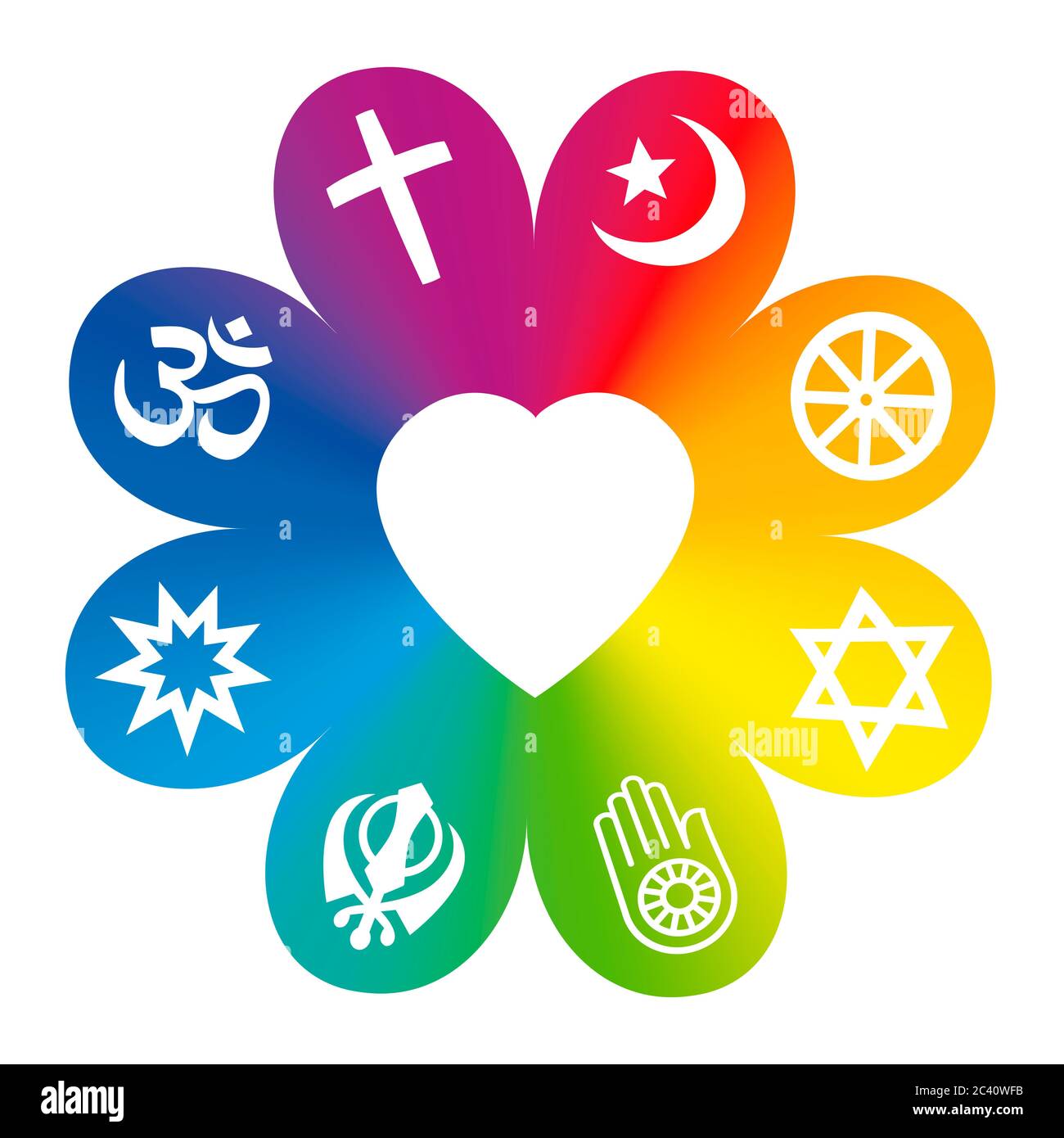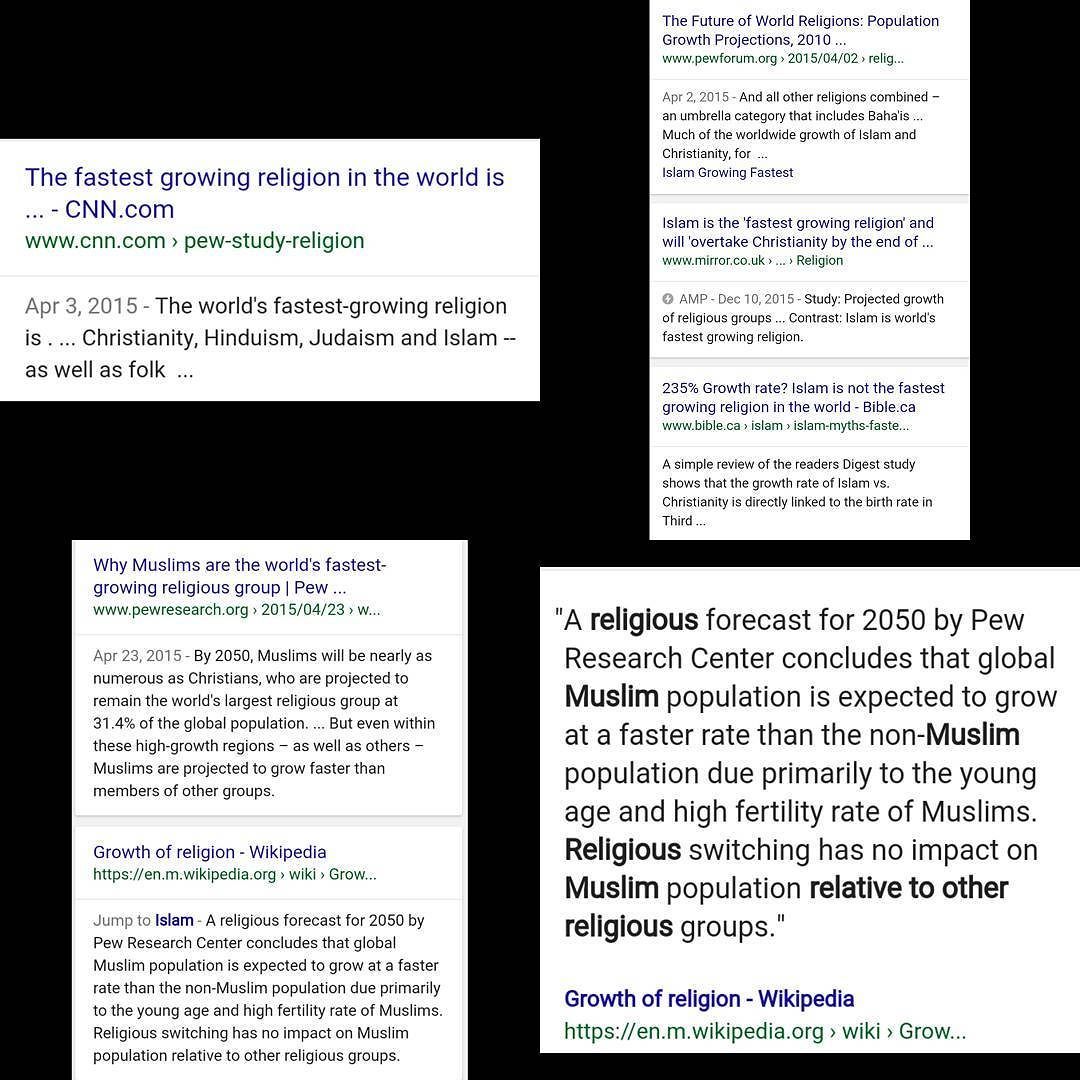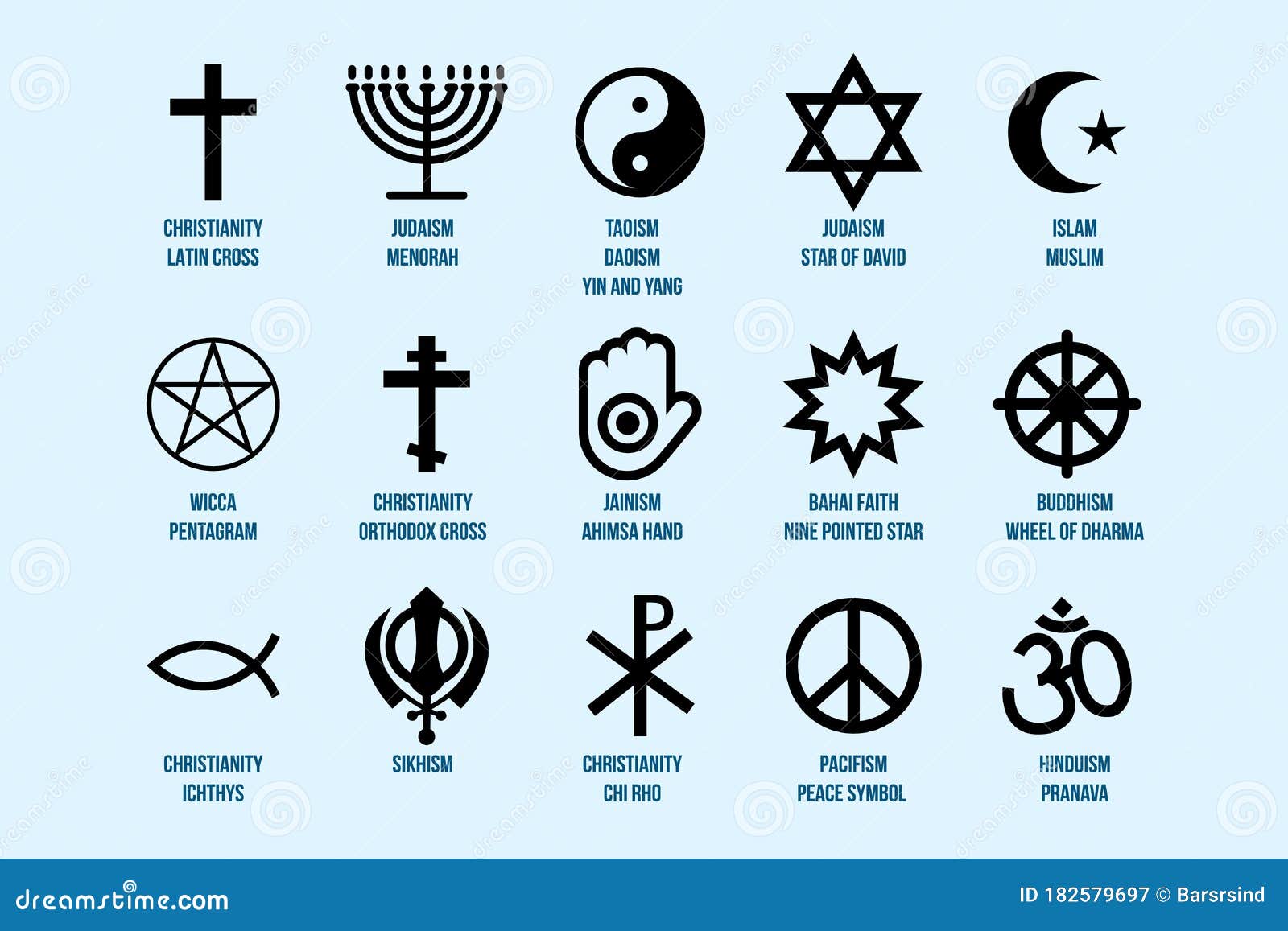Exploring the Four Foundational Types of Lifestyle: Pathways to Personal Growth and Social Connection
Introduction: Understanding Lifestyle Types
Lifestyle is a comprehensive concept that encompasses the patterns of behavior, values, and attitudes by which individuals interact with their environment and society. While hundreds of distinct lifestyles exist, experts and psychologists often distill them into four foundational categories. These types provide a framework for understanding how people approach challenges, pursue satisfaction, and contribute to their communities. This article explores the four primary types of lifestyle -the ruling, getting, avoiding, and socially useful types-as conceptualized by renowned psychologist Alfred Adler [1] . Each section offers detailed explanations, practical guidance, and real-world examples to help you recognize and cultivate positive lifestyle changes.
The Four Main Types of Lifestyle
1. Ruling Type
The ruling type is characterized by assertiveness, dominance, and a tendency to lead or control situations. Individuals who fit this category are often ambitious and driven, but may struggle with empathy or collaborative problem-solving [1] . This lifestyle can manifest in professional settings where leadership is required, such as management positions, entrepreneurship, or competitive sports.
Example: Consider a CEO who consistently pushes their team toward ambitious goals and expects high performance. While this can foster innovation and growth, it may also create stress or conflict if not balanced with active listening and support.

Source: drodd.com
Implementation Guidance: To channel the strengths of the ruling type while minimizing drawbacks, individuals can:
- Engage in regular feedback sessions to develop self-awareness.
- Practice empathy through active listening and team-building exercises.
- Participate in leadership development programs offered by established organizations, such as the Center for Creative Leadership ( [2] ).
Challenges & Solutions: A key challenge for the ruling type is balancing assertiveness with collaboration. Solutions include seeking mentorship, enrolling in conflict resolution workshops, and prioritizing inclusive decision-making.
Alternative Approaches: Those who recognize dominant tendencies can explore cooperative leadership models, such as servant leadership or transformational leadership, which emphasize shared success and individual growth.
2. Getting Type
The getting type describes individuals who are primarily dependent on others for support, guidance, or resources. They often prefer receiving assistance to giving and may struggle with self-reliance [1] . This lifestyle can be common among those in transitional phases, such as students, interns, or individuals recovering from setbacks.
Example: A young professional who relies heavily on mentors for career decisions exemplifies the getting type. While this support is valuable, over-reliance may hinder personal growth and initiative.
Implementation Guidance: To foster independence, getting-type individuals can:
- Set personal goals and track progress using digital tools like Trello ( [3] ).
- Participate in self-development programs, such as online courses on Coursera ( [4] ).
- Practice assertiveness in daily decisions and seek feedback on independent projects.
Challenges & Solutions: Overcoming dependency requires gradual exposure to decision-making and risk. Solutions include structured goal-setting, peer accountability groups, and resilience training.
Alternative Approaches: Some may benefit from blended models that combine mentorship with autonomous tasks, gradually shifting the balance as confidence grows.

Source: pinterest.com
3. Avoiding Type
The avoiding type is marked by a tendency to evade challenges, responsibilities, or social engagement. These individuals may withdraw from difficult situations and prefer solitude or minimal involvement in communal activities [1] . This lifestyle can be seen in those coping with social anxiety, burnout, or major life transitions.
Example: Someone opting to work remotely and limiting interactions to avoid workplace politics or stress exemplifies the avoiding type. While this can provide relief, long-term avoidance may limit growth and connection.
Implementation Guidance: Strategies to overcome avoidance include:
- Gradual exposure to social settings, starting with supportive environments (e.g., hobby clubs, local meetups).
- Professional counseling or cognitive behavioral therapy, available through verified platforms such as Psychology Today ( [5] ).
- Setting achievable social goals and celebrating small wins.
Challenges & Solutions: The most significant hurdle is fear of rejection or failure. Solutions involve building a supportive network, practicing mindfulness, and seeking expert guidance when needed.
Alternative Approaches: For those with severe anxiety, online support groups and telehealth services offer low-barrier engagement before transitioning to in-person interactions.
4. Socially Useful Type
The socially useful type represents individuals who actively contribute to their communities and display high levels of social interest and engagement. This lifestyle is considered the most balanced and beneficial, promoting wellbeing for both the individual and society [1] . Socially useful individuals often pursue careers in education, healthcare, public service, or volunteerism.
Example: A volunteer coordinator who organizes community clean-up events and mentors others demonstrates the socially useful type. Their efforts foster collective improvement and personal fulfillment.
Implementation Guidance: To adopt this lifestyle, individuals can:
- Join established volunteer organizations such as VolunteerMatch ( ).
- Participate in local civic groups, school boards, or nonprofit initiatives.
- Develop empathy and cooperation through collaborative projects.
Challenges & Solutions: Maintaining motivation and avoiding burnout are major concerns. Solutions include balancing personal self-care with service, seeking peer support, and celebrating collective achievements.
Alternative Approaches: Social engagement can take many forms, from digital activism to neighborhood improvement projects. Each pathway offers unique benefits according to personal interests and abilities.
Practical Steps to Identify and Shift Lifestyle Types
Recognizing your predominant lifestyle type is the first step toward positive change. Start by reflecting on your daily choices, motivations, and interactions. Consider the following process:
- Self-Assessment: Take online quizzes or consult with a certified life coach to identify your current lifestyle orientation.
- Set Clear Goals: Define what you wish to change or enhance and outline measurable steps.
- Seek Support: Join support groups, mentorship programs, or professional development workshops.
- Track Progress: Use journals or digital apps to monitor your growth and adjust strategies as needed.
- Celebrate Milestones: Recognize and reward achievements to stay motivated.
For additional resources, you can search for “lifestyle development programs” or “personal growth workshops” through reputable platforms and consult with licensed professionals for tailored advice.
Key Takeaways
Understanding the four types of lifestyle-ruling, getting, avoiding, and socially useful-helps individuals make informed choices about personal growth, social engagement, and wellbeing. Each type has distinct strengths and challenges, and shifting toward a more socially useful style can enhance fulfillment and community impact. Actionable steps include self-assessment, goal setting, seeking support, and maintaining balance between personal and social needs.
References
- [1] Wikipedia (2024). Style of life – Types and explanations.
- [2] Center for Creative Leadership (2025). Leadership development programs and resources.
- [3] Trello (2025). Project management and personal goal tracking platform.
- [4] Coursera (2025). Online self-development and learning courses.
- [5] Psychology Today (2025). Verified counseling and therapy resources.
- VolunteerMatch (2025). Volunteer opportunities and civic engagement platform.
MORE FROM cheerdeal.com













